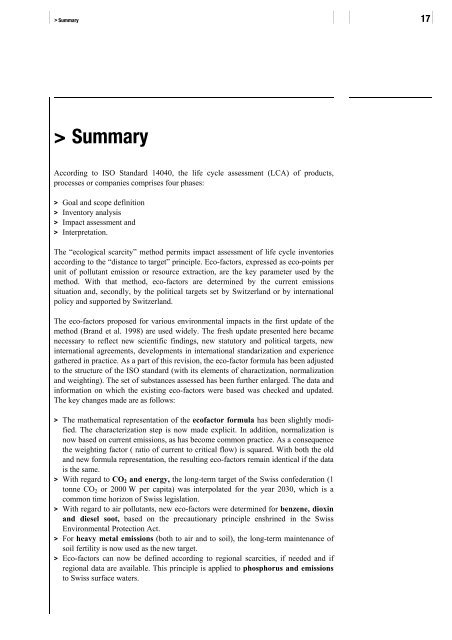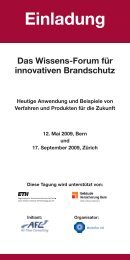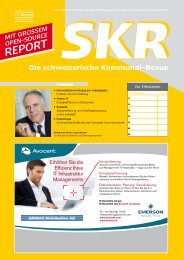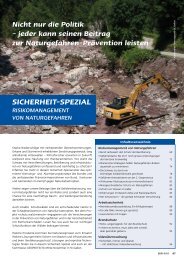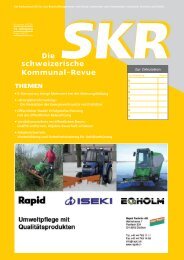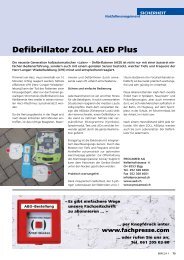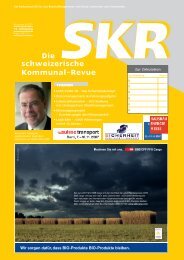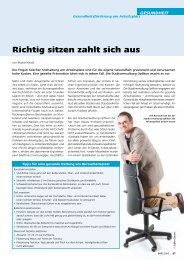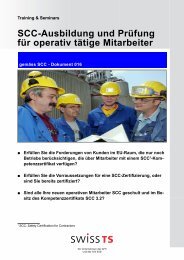2 > Methodische Grundlagen
2 > Methodische Grundlagen
2 > Methodische Grundlagen
Sie wollen auch ein ePaper? Erhöhen Sie die Reichweite Ihrer Titel.
YUMPU macht aus Druck-PDFs automatisch weboptimierte ePaper, die Google liebt.
Summary 17<br />
> Summary<br />
According to ISO Standard 14040, the life cycle assessment (LCA) of products,<br />
processes or companies comprises four phases:<br />
> Goal and scope definition<br />
> Inventory analysis<br />
> Impact assessment and<br />
> Interpretation.<br />
The “ecological scarcity” method permits impact assessment of life cycle inventories<br />
according to the “distance to target” principle. Eco-factors, expressed as eco-points per<br />
unit of pollutant emission or resource extraction, are the key parameter used by the<br />
method. With that method, eco-factors are determined by the current emissions<br />
situation and, secondly, by the political targets set by Switzerland or by international<br />
policy and supported by Switzerland.<br />
The eco-factors proposed for various environmental impacts in the first update of the<br />
method (Brand et al. 1998) are used widely. The fresh update presented here became<br />
necessary to reflect new scientific findings, new statutory and political targets, new<br />
international agreements, developments in international standarization and experience<br />
gathered in practice. As a part of this revision, the eco-factor formula has been adjusted<br />
to the structure of the ISO standard (with its elements of charactization, normalization<br />
and weighting). The set of substances assessed has been further enlarged. The data and<br />
information on which the existing eco-factors were based was checked and updated.<br />
The key changes made are as follows:<br />
> The mathematical representation of the ecofactor formula has been slightly modified.<br />
The characterization step is now made explicit. In addition, normalization is<br />
now based on current emissions, as has become common practice. As a consequence<br />
the weighting factor ( ratio of current to critical flow) is squared. With both the old<br />
and new formula representation, the resulting eco-factors remain identical if the data<br />
is the same.<br />
> With regard to CO2 and energy, the long-term target of the Swiss confederation (1<br />
tonne CO2 or 2000 W per capita) was interpolated for the year 2030, which is a<br />
common time horizon of Swiss legislation.<br />
> With regard to air pollutants, new eco-factors were determined for benzene, dioxin<br />
and diesel soot, based on the precautionary principle enshrined in the Swiss<br />
Environmental Protection Act.<br />
> For heavy metal emissions (both to air and to soil), the long-term maintenance of<br />
soil fertility is now used as the new target.<br />
> Eco-factors can now be defined according to regional scarcities, if needed and if<br />
regional data are available. This principle is applied to phosphorus and emissions<br />
to Swiss surface waters.


